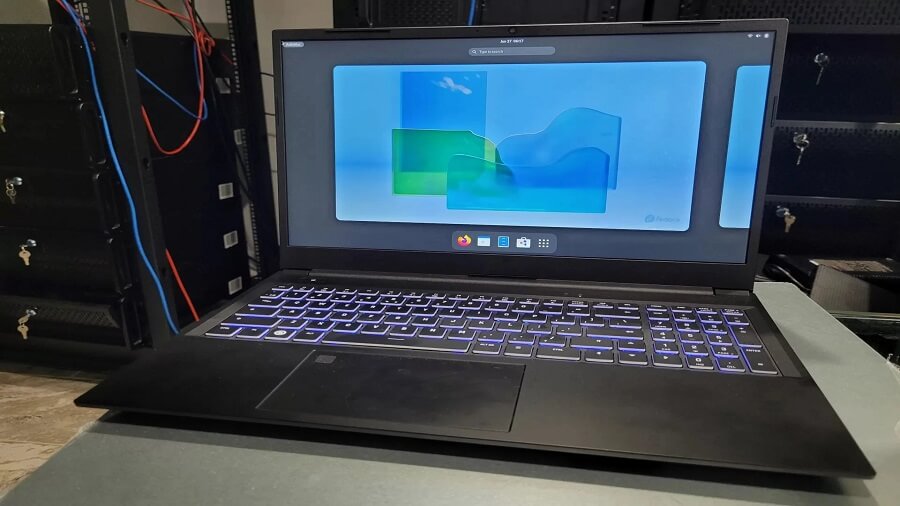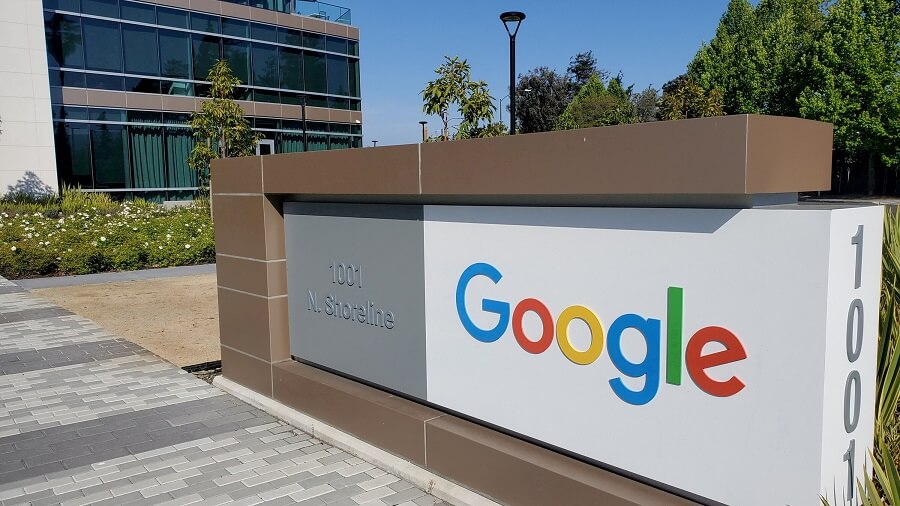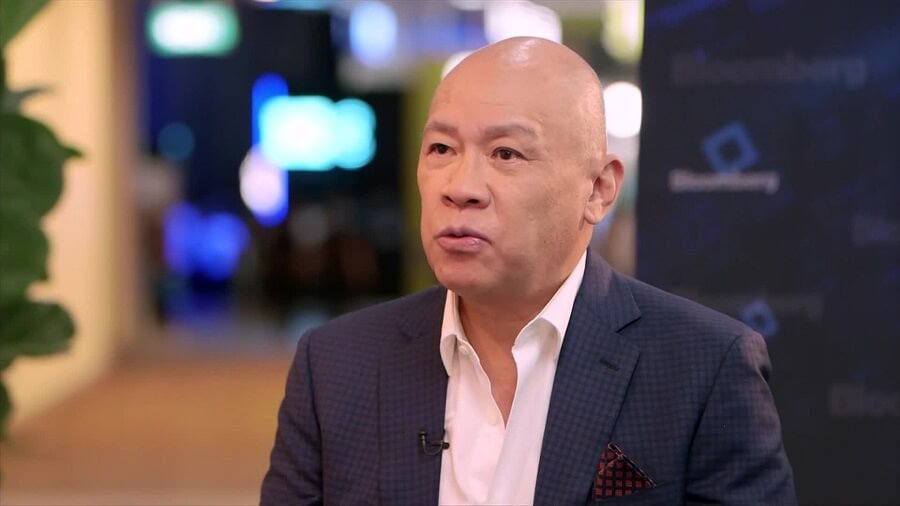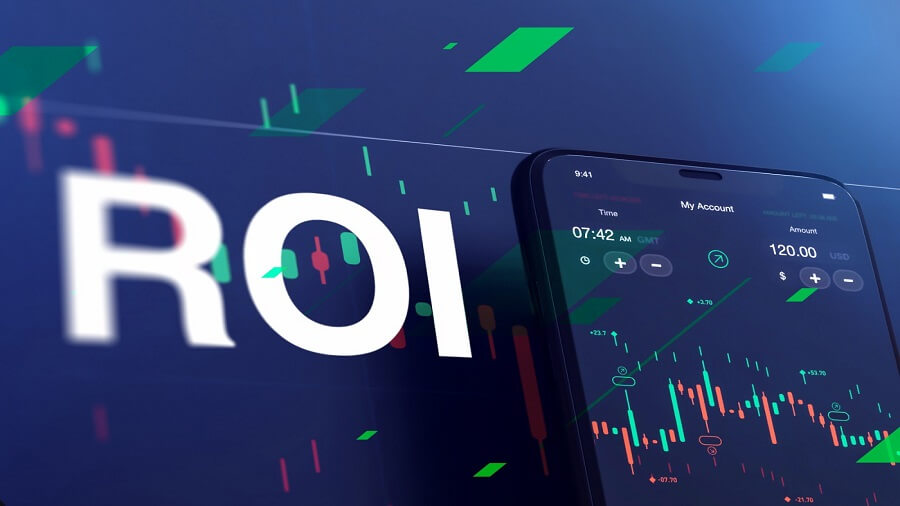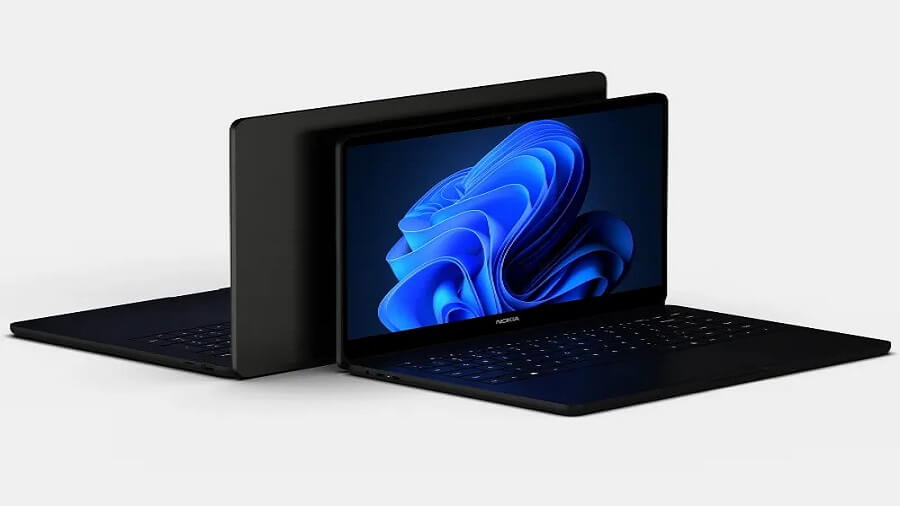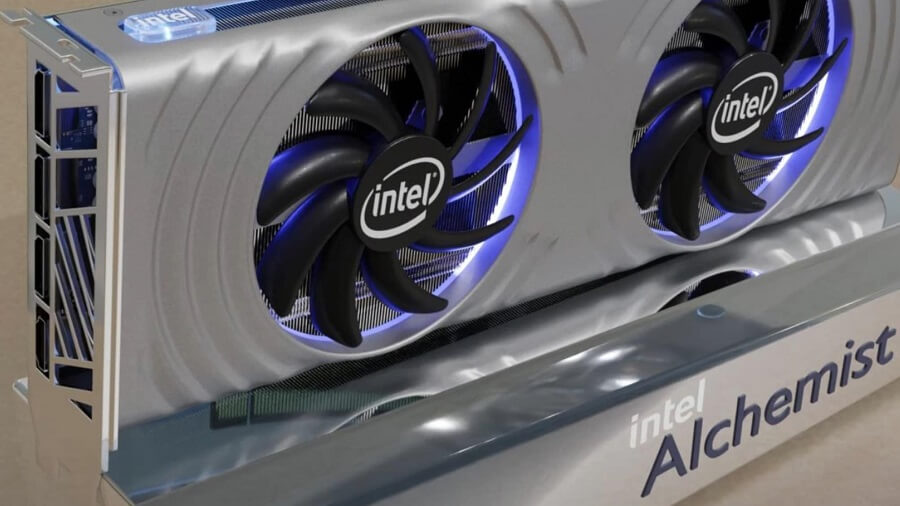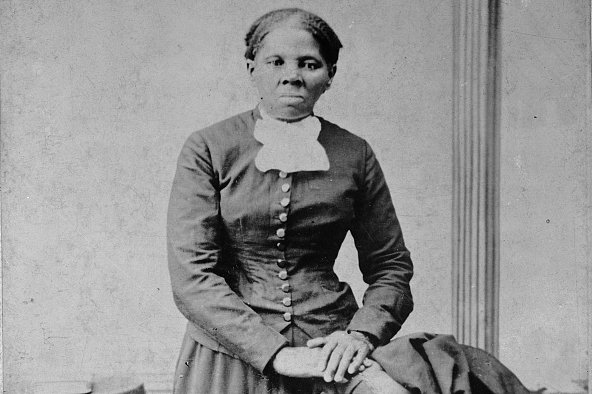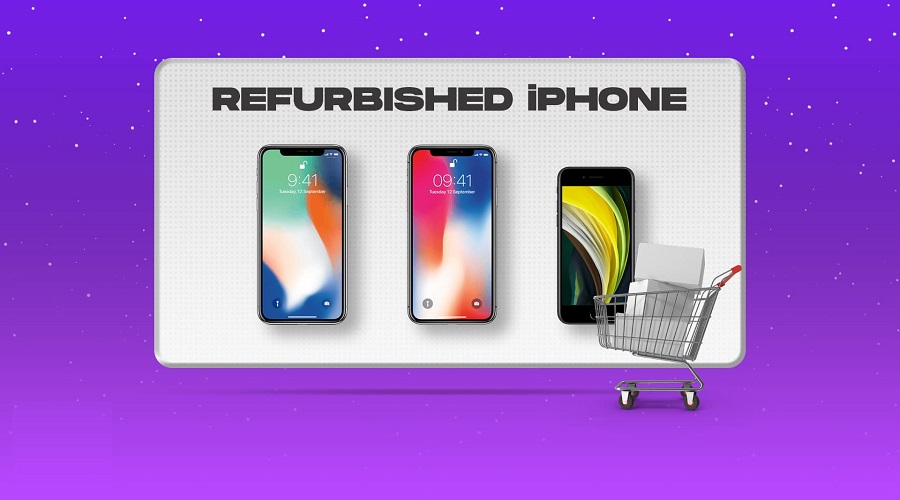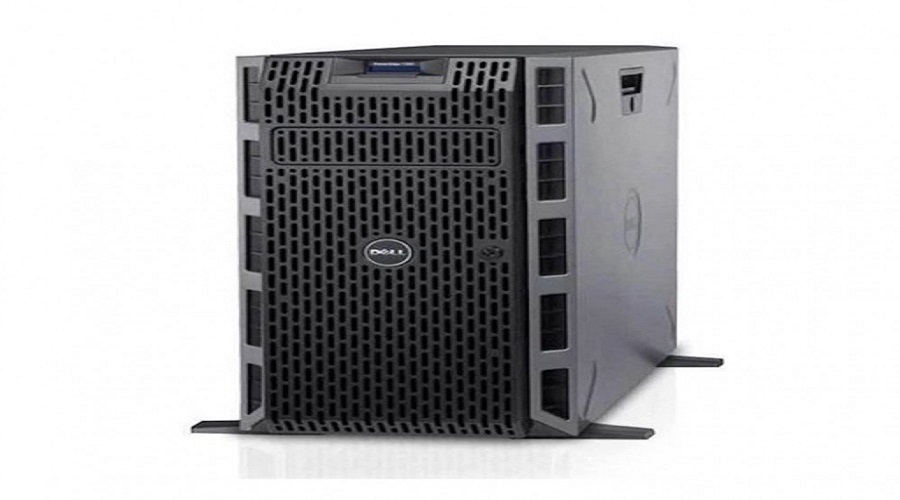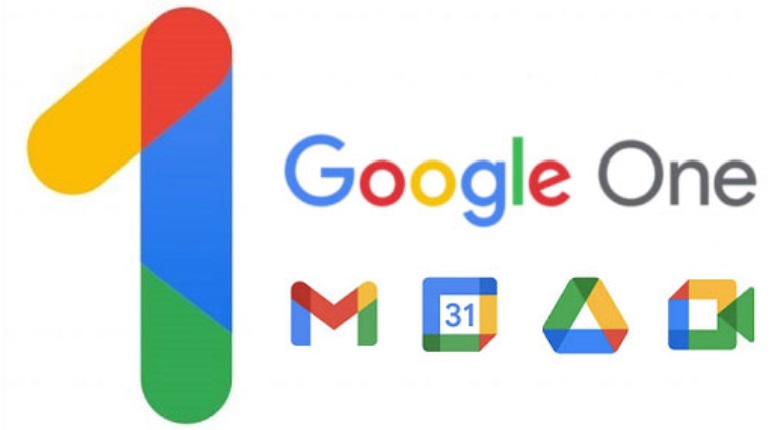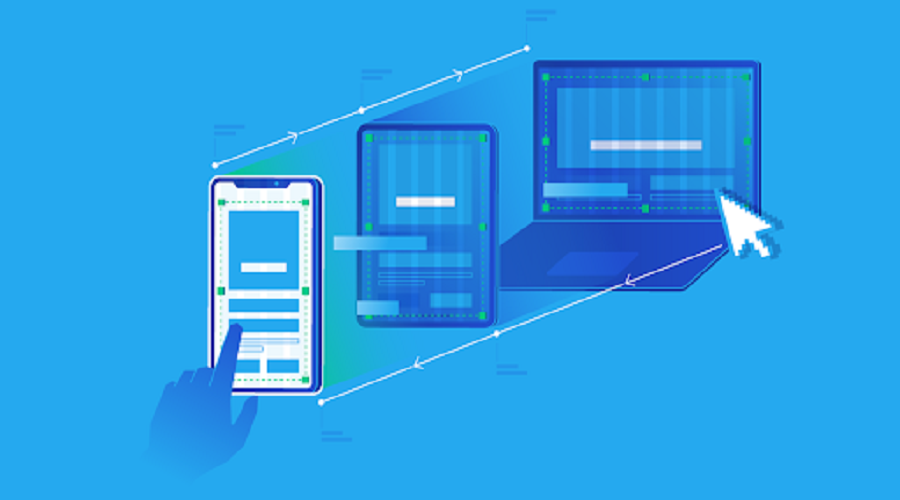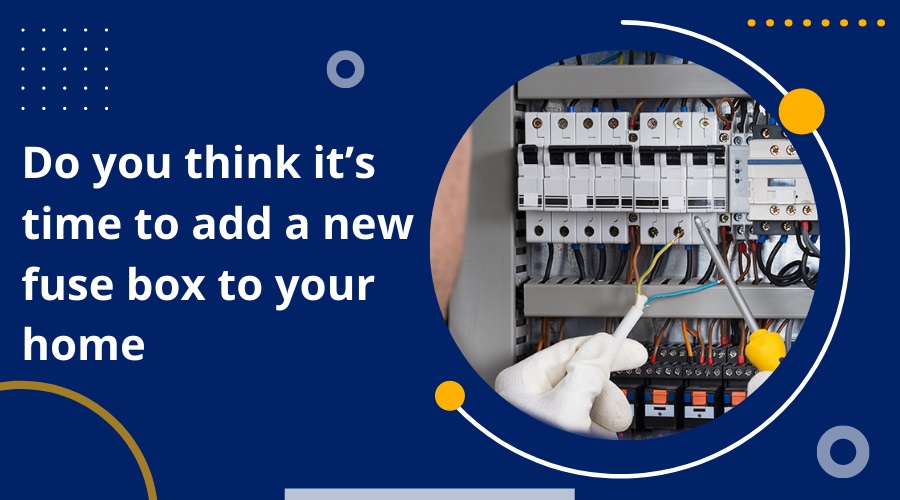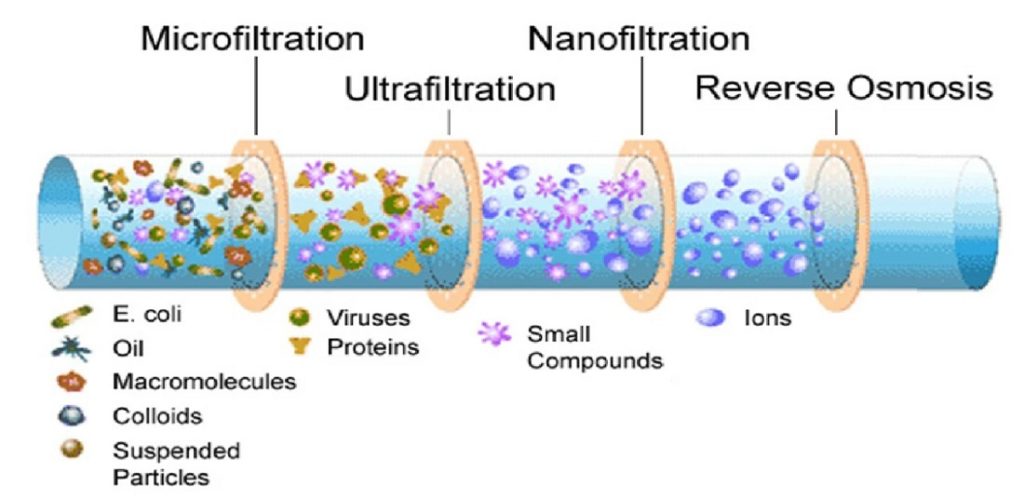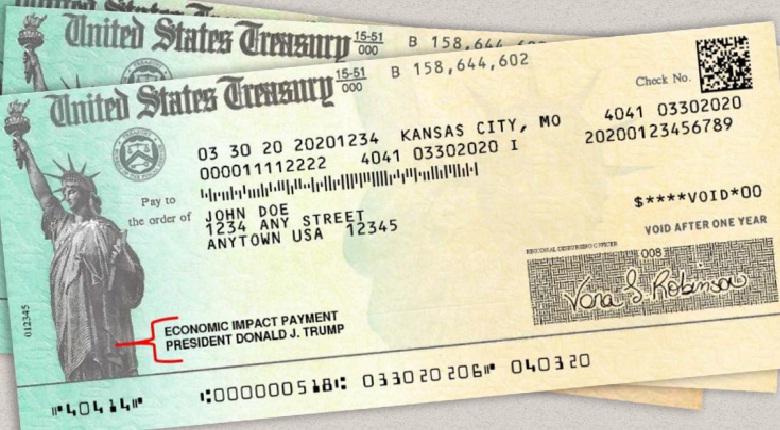What is the Difference Between Fiber and Leased Line?

Fiber optic cables are made up of many tiny strands of glass that are twisted together. This is why fiber optic cables are so efficient. A leased line is a type of telecommunications that uses cables leased line from telecommunications providers.
These providers typically offer higher bandwidth than traditional telecommunications providers, so making it a good option for businesses with high bandwidth needs.
What is Fiber Optic Cable?
Fiber optic cable is a type of cable that uses light to send data. It is different from other types of cable because it uses a thin thread of light to move data instead of electrons. This makes fiber optic cables faster and more reliable than other types of cables.
What is a Leased Line?
Leased lines are a popular way to connect two businesses. A leased line is a telecommunication line that is leased by a business to a telecom provider. The business pays the telecom provider a monthly fee for the line, and the leased line internet provider provides the line to the business. The leased line allows the business to communicate with customers and employees on the line without having to pay for the line itself.
Key Difference Points Between Fiber and Leased Line
Fiber and Leased Lines are both types of network connections used for data communication.
Some key differences between the two:
- Type of Connection
Fiber is a physical cable that transmits data using light signals, while a leased line is a dedicated and private data connection.
- Bandwidth
Fiber provides high bandwidth making it suitable for high-speed data transfer, while a leased line provides dedicated bandwidth allowing for even more reliable and faster data transfer.
- Latency
Fiber has low latency meaning that data can be transmitted quickly with minimal delay, while leased line latency is even lower due to its dedicated and direct connection.
- Cost
Fiber is typically more expensive to install than a leased line as it requires specialized equipment and infrastructure.
- Flexibility
Fiber can be used for a variety of applications including internet access voice and videos. While the leased line is typically used for mission critical applications and high-speed data transfer.
- Reliability
Fiber is a reliable connection but can be affected by physical damage to the cable or power outages, while a leased line is even more reliable due to its dedicated and private nature.
- Maintenance
Fiber requires regular maintenance to ensure reliability, while leased line requires less maintenance.
- Availability
Fiber is available in some areas and may not be available in others, while leased lines can be installed anywhere with a direct connection to the network.
- Scalability
Fiber can be easily scaled up or down to meet changing needs, while a leased line requires a longer lead time to increase capacity.
- Security
Fiber is vulnerable to physical taps and eavesdropping, while a leased line provides a dedicated and private connection reducing security risks.
- Use Cases
Fiber is commonly used for residential and commercial internet access, while the leased line is typically used by larger organizations for mission-critical applications such as data centers financial institutions and government agencies.
- Contract
Fiber typically requires a long-term contract, while leased lines can be contracted for varying lengths of time.
- Installation
Fiber installation can be complex and time-consuming, while leased lines can be installed quickly and easily.
Fiber is a good choice for high-speed internet access, while a leased line is a more reliable and dedicated solution suitable for mission-critical applications and high-speed data transfer.
The choice between fiber and leased lines will depend on the specific needs and requirements of an organization, such as bandwidth, latency, cost and reliability.
Which is Better?
It’s not possible to say definitively which is better as it depends on the specific needs and requirements of an organization.
Some important factors to consider while choosing fiber or leased line:
- If High-Speed Data Transfer is Required
Fiber may be the better option due to its high bandwidth. If reliability is a top concern a leased line may be a better choice due to its dedicated and private connection.
- If Cost is a Concern
Fiber may be a more cost-effective solution, particularly for smaller organizations.
- If Scalability and Flexibility are Important
Fiber may be the better option as it can be scaled up or down and used for different types of applications.
In general, fiber is a good choice for residential and commercial internet access, while the leased line is typically used by larger organizations for mission-critical applications and high-speed data transfer. It’s best to carefully consider the specific needs and requirements of an organization and consult with a technical expert to determine the best solution.
Final Words
In conclusion, the choice between fiber and leased lines will depend on the specific needs and requirements of an organization such as bandwidth, reliability, cost, and security.
Fiber is a good choice for high-speed internet access, while a leased line is a more reliable and dedicated solution for mission-critical applications and high-speed data transfer. It’s best to consult with a technical expert to determine the best solution for an organization.



























